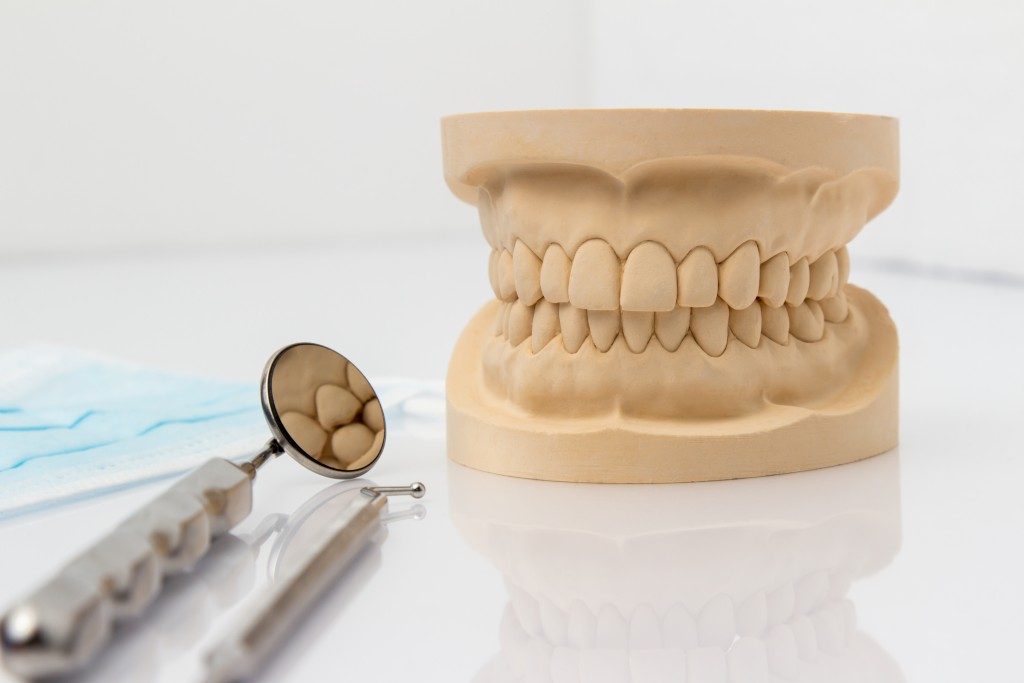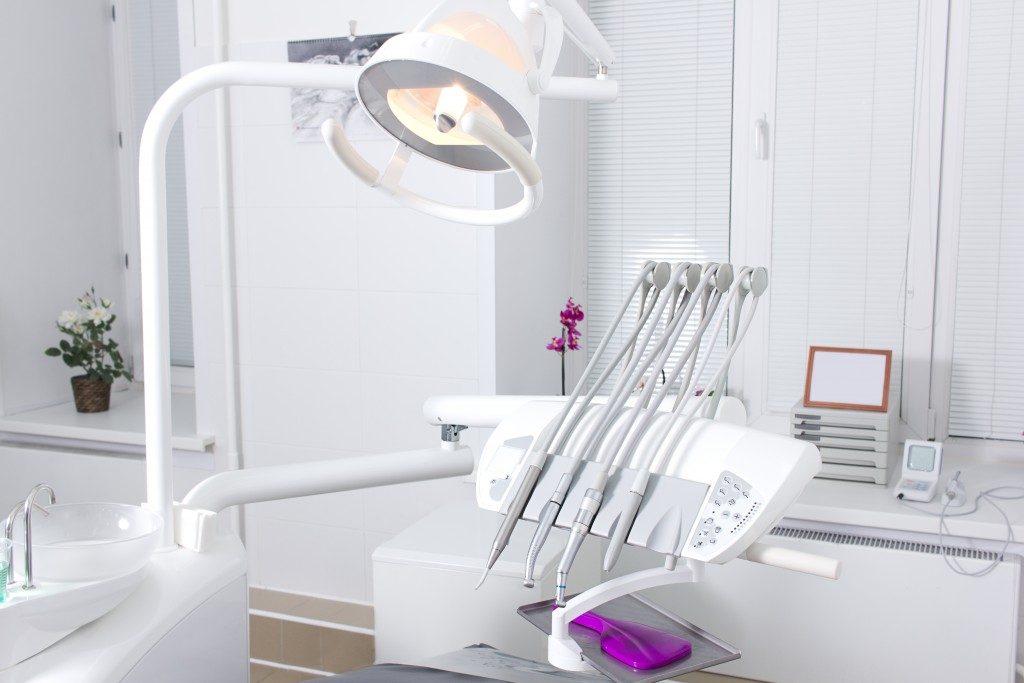A trip to the dentist is not exactly a pleasurable experience. Advances in technology can make that dreaded trip a little more tolerable. New technology has made sitting in that dentist’s chair a little less frightening and a lot less painful.
Dental Lasers
The sound of the drill can be one of the most frightening things you’ll ever hear, causing a good number of children to be traumatized by their trips to the dentist. Modern dental lasers get rid of that problem — no more drilling sounds to scare the kids (and adults). Dental lasers have also proven to be more efficient than the traditional drill. Lasers are more accurate and deal less damage to the surrounding tissue. Less damage translates to faster healing times. Bleeding becomes less of an issue, and lasers are significantly gentler to teeth and gums. The use of lasers also substantially reduces the chances of infection as the light from the laser automatically sterilizes the area the dentist is working on. Dental lasers can be quite expensive, but specific clients are willing to pay a little bit extra, to keep their kid from being traumatized by a visit to the dentist.
3D Printing

3D printing has become an integral part of modern medicine, and applications in dentistry have also become widespread. Dentists have started using 3D printing to specifically designed night guards and alignment for each client. Surgical guides to assist with surgeries have also become a popular application of the technology. Special resins and pinpoint precision allows 3D printers to create crowns to repair broken teeth. The use of a 3D printer significantly reduces the production time of crowns and replacement teeth, shortening what usually takes weeks down to a couple of hours.
Electrically Induced Anesthesia
Once you’re done with surgery, you’re left with a little bit of pain, slurred speech, and fat lips. However, by introducing a mild electric current in the application of the numbing gel, the effects of the topical anesthetic are magnified to the point that no further anesthesia (the injected kind) is needed. The mild electric current stimulates the mouth, inducing a deeper absorption of the topical anesthesia. The procedure is relatively pain-free, and there is no need for scary needles that can give quite a bit of sting themselves. It is faster and less traumatizing to patients, especially those with an aversion to needles. The procedure typically leaves you with little to no aftereffects, and you can leave the dentist’s chair without a clouded head, slurred speech, and a numbed mouth. The procedure is particularly beneficial to dentists that focus on children and younger clients, reducing bouts of crying and maintaining the calmness in the room.
In the end, you should remember that a trip to the dentist doesn’t have to be frustrating or scary. New technology has made dental procedures a lot more efficient and a lot less traumatizing. You can ask your dentist to make an upgrade, or you can always switch to a more modern one.

